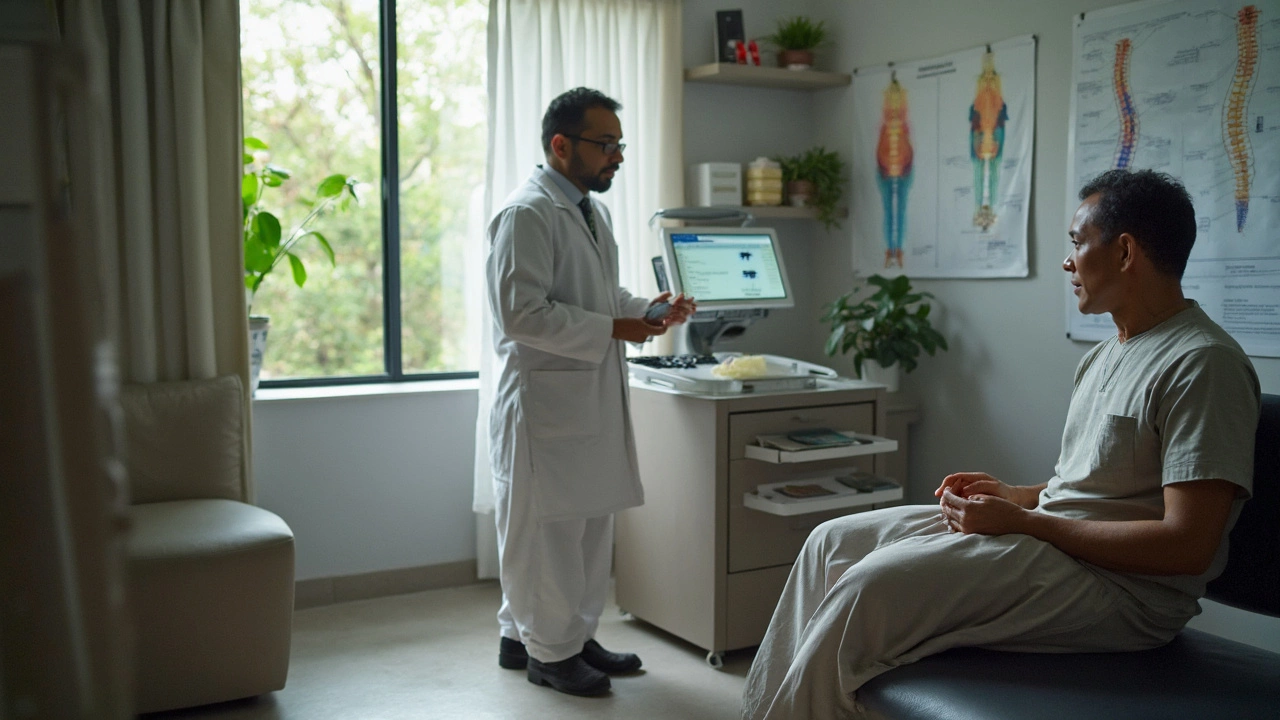When to See a Back Doctor and How They Can Help You
If you’ve ever winced after lifting a box, sat too long at a desk, or woke up with a sore lower back, you know how annoying back pain can be. But not every ache means you need surgery or a pricey MRI. A back doctor—often a spine specialist or orthopedic surgeon—focuses on diagnosing and treating problems that affect the vertebrae, discs, nerves, and surrounding muscles.
So, when should you book an appointment? If the pain lasts more than a week, gets worse at night, or spreads down your leg, it’s time to get professional help. Other red flags include numbness, loss of bladder control, or a recent fall that left you unable to move normally. These symptoms may signal a serious condition that a back doctor can evaluate quickly.
What a Back Doctor Actually Does
During your first visit, the doctor will ask about your history, daily habits, and any injuries you’ve had. Expect a physical exam that checks your posture, flexibility, and reflexes. Most back doctors also use imaging—X‑rays, MRI, or CT scans—to see what’s happening inside your spine.
Based on the findings, the doctor will suggest a treatment plan. Options range from simple home exercises and physical therapy to prescription pain relievers or injections. In some cases, they might refer you to a surgeon for a minimally invasive procedure, but that’s usually the last resort after conservative methods have been tried.
How to Prepare for Your Appointment
Bring a list of all medications, supplements, and any previous imaging reports. Write down when the pain started, what makes it better or worse, and any activities that trigger it. If you have a family history of spine issues, note that too. Being clear and thorough helps the back doctor zero in on the cause faster.
Don’t forget to ask questions. Find out how long the recommended therapy should take, what side effects to watch for, and whether you need to avoid certain movements. A good back doctor will explain the plan in plain language and give you realistic expectations.
After the visit, follow the advice closely. Most back problems improve with consistent stretching, core strengthening, and ergonomic tweaks at work or home. If you’re told to see a physiotherapist, schedule the sessions promptly—early intervention often prevents chronic pain.
Remember, you don’t have to live with back pain. A qualified back doctor can identify the root cause and guide you toward relief. Keep an eye on warning signs, act quickly, and you’ll be back to your routine sooner than you think.

What is a Back Doctor Called? Understanding Spine Specialists
If you're dealing with back pain, you might wonder what type of doctor to see. Known as spinal or orthopedic specialists, these doctors focus on diagnosing and treating ailments related to your spine. From simple posture issues to complex spinal surgeries, they handle a wide range of problems. Discover how their expertise can help alleviate back pain and improve your quality of life.

Discover 5 Essential Herbal Supplements for Wellness
Nov, 24 2024



